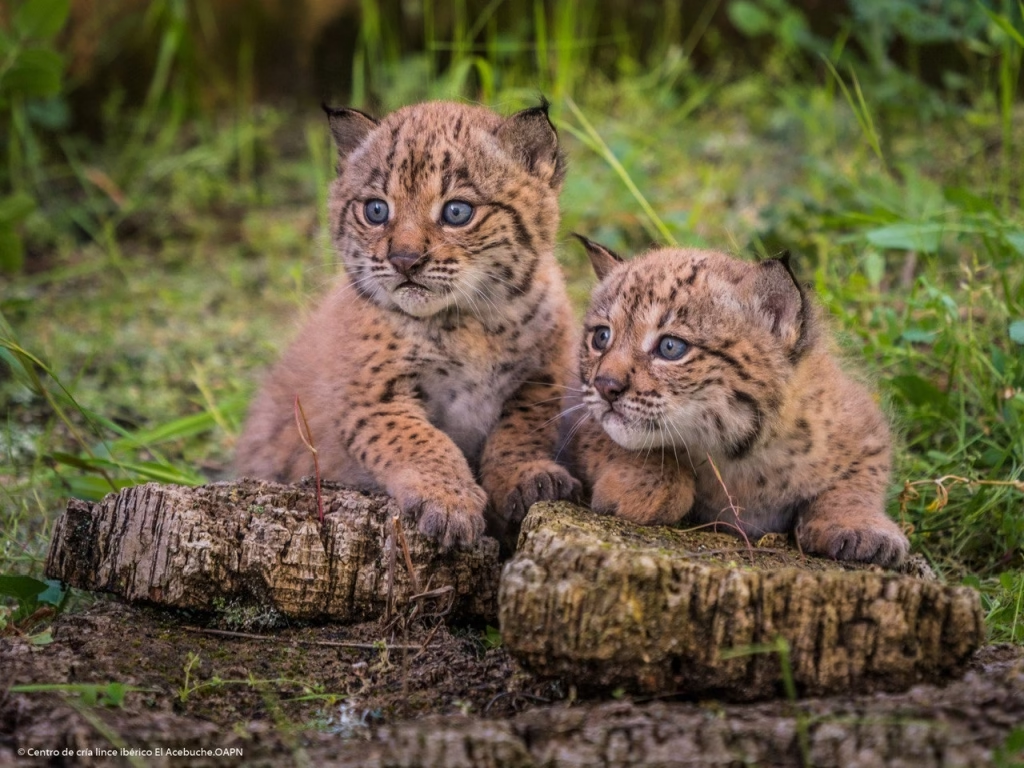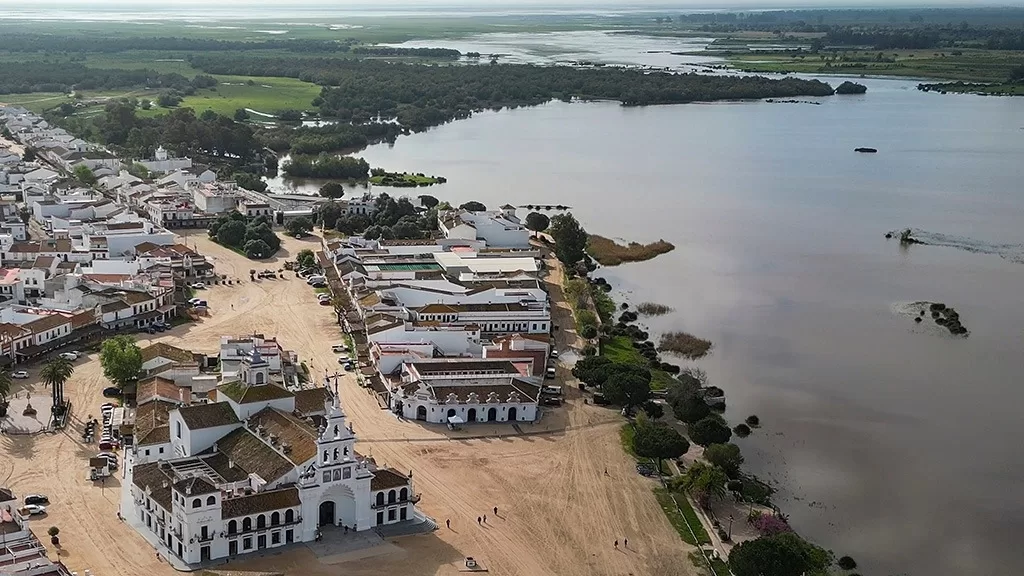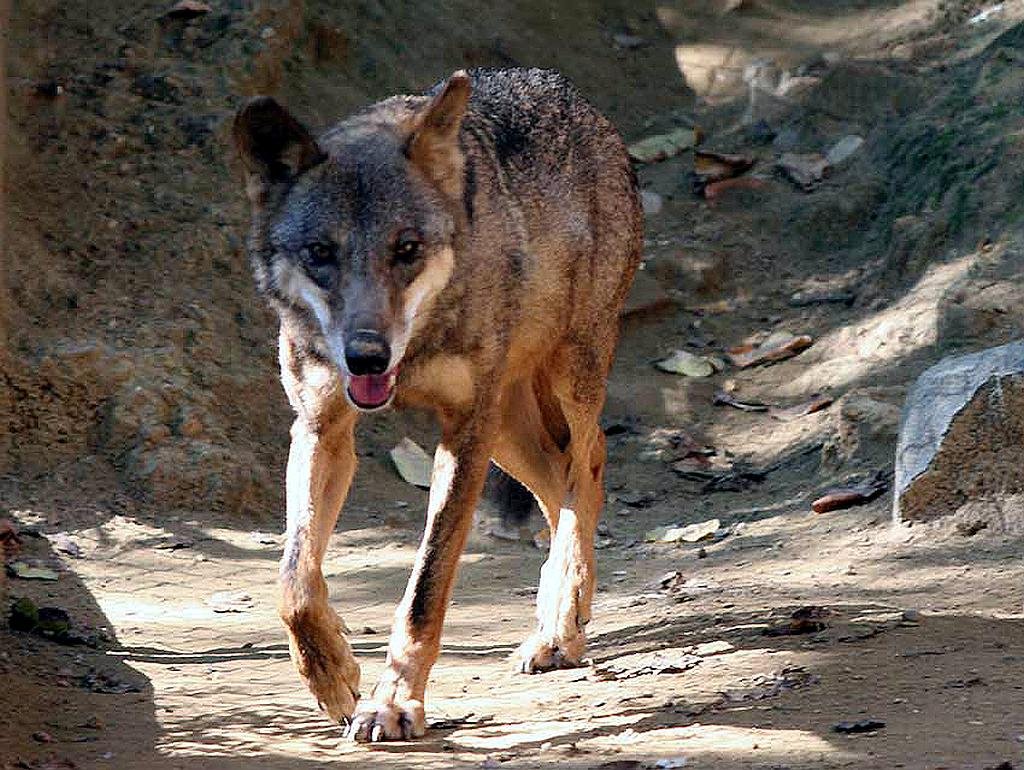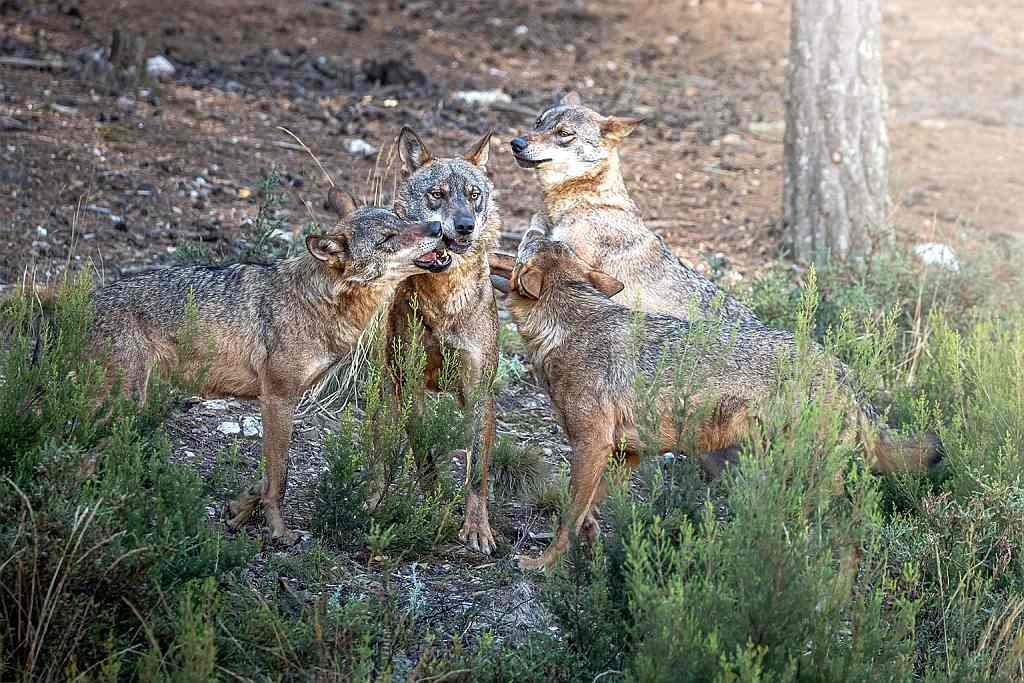The Iberian lynx (Lynx pardinus), once critically endangered, has reached its highest population ever recorded. As of 2024, there are 2,401 wild Iberian lynxes across Spain and Portugal. This 19% increase over the previous year marks a milestone in one of Europe’s most ambitious conservation programs. From fewer than 100 in 2002, the species is now expanding in both range and breeding strength—yet challenges remain. (Iberian Lynx Population Reaches 2401 in 2024)
How Rainfall Revived Doñana in 2025: A Wetland in Full Bloom After Years of Decline
A Rare Spring Transformation
Doñana National and Natural Park is bursting with life this spring, thanks to a season of heavy rains. The once-parched marshlands have returned to their former glory, offering a rare spectacle of biodiversity and a glimpse of the wetland’s ecological potential. This resurgence has flooded over 39,000 hectares, transforming the landscape and reminding us why Doñana is a UNESCO World Heritage Site.
Brown Bear Populations in Spain: Pyrenean Recovery and Cantabrian Stability
Updated 2024 Population Figures Highlight Growth and Ongoing Challenges
The brown bear (Ursus arctos) has been making a cautious comeback in Spain over the last two decades. Two geographically isolated populations—the Pyrenean brown bear and the Cantabrian brown bear—are following different conservation paths. New data from 2024 reveals progress in both regions, alongside some pressing genetic and ecological concerns.
Iberian Wolf Hunting Regulations in Spain: Spain Lifts Wolf Hunting Ban North of the Duero
The management of Iberian wolf (Canis lupus signatus) populations in Spain has always been a subject of ongoing debate, balancing conservation efforts with the interests of livestock farmers. Recent legislative changes have further complicated this issue, particularly concerning hunting regulations north and south of the Duero River.
Read more about the Iberian wolf here.
Historical Context of Wolf Hunting in Spain
Historically, the Iberian wolf has faced significant persecution, leading to its eradication in several regions. By the mid-20th century, bounties were placed on wolves, drastically reducing their numbers. However, small populations survived, primarily in northwestern Spain and northern Portugal.




